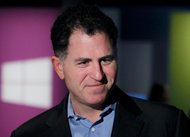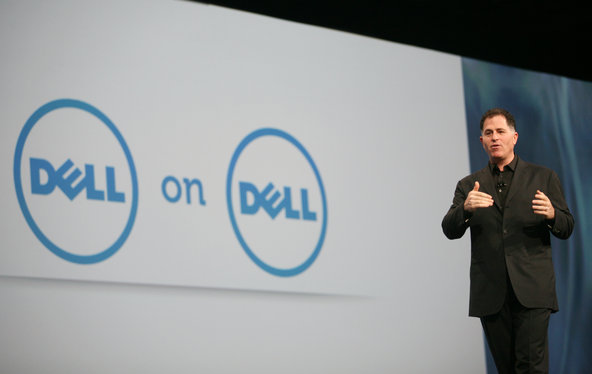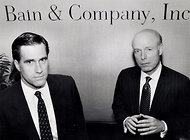KARACHI, Pakistan — Since Pakistan’s biggest electricity company was privatized, its headquarters has been looted, its employees kidnapped and its boss nearly arrested by the government.
Despite all of that, it is regarded as a roaring success.
Power cuts lasting 12 hours a day or more have devastated the Pakistani economy. The loss of millions of jobs has fueled unrest in a nuclear-armed nation already beset by a Taliban insurgency.
The only city bucking the trend is the violent metropolis of Karachi, Pakistan’s financial heart — and that is thanks to Tabish Gauhar and his team at the Karachi Electricity Supply Co.
“It has consumed every ounce of my energy,” Mr. Gauhar, 42, said in an interview. “But we have helped millions of people.”
The new government of Prime Minister Nawaz Sharif won an election in May partly because it had promised to fix the power cuts. Now many are wondering whether the Karachi utility’s successful privatization will be repeated elsewhere.
Pakistan’s power companies share similar problems. Workers are often corrupt, and influential families rarely pay bills. The government sells power below the cost of production but pays subsidies late or not at all. Plants cannot afford fuel.
At the state-run Peshawar Electricity Supply Co., the majority of workers are illiterate, most new hires are relatives of existing staff members, and 37 percent of the power generated was stolen, according to a 2011 audit funded by the U.S. Agency for International Development.
Karachi Electricity Supply had all the same problems when the Dubai-based private equity firm Abraaj Capital bought a controlling stake in 2008. Mr. Gauhar and his Abraaj team decided to slash the work force by a third, cut off nonpayers and destroy illegal connections.
The moves started a small war.
Employees who had been laid off offered to work for free because they had made such fat kickbacks. When management refused, thousands of protesters ransacked the company’s headquarters. They camped outside for months.
Gunmen attacked Mr. Gauhar’s house. Workers crossed picket lines every day, hunkered down on the floors of police cars. More than 200 employees of the utility were injured.
“We felt very lonely then,” said Mr. Gauhar, who moved from chief executive to chairman of Karachi Electricity Supply earlier this year. “When I used to visit one of our injured employees in the hospital, it was hard for me to look them in the eye.”
Many in the populist pro-labor government vilified the power company. Later, legislators tried to arrest Mr. Gauhar on charges that he had not attended subcommittee meetings in the capital.
After the protests dissipated, Karachi Electricity Supply’s next problem was making customers pay. More than a third of the company’s electricity was stolen in 2009. Those who got bills often ignored them.
One wealthy patriarch said he could not possibly start paying because his colleagues would think he had no influence left.
Karachi Electricity Supply started cutting off those who did not pay their bills. When a transformer burned out in an area with high theft, the company asked for two months’ worth of payment from the area’s residents before replacing it.
The company divided up the city of 18 million. Areas where 80 percent of people pay bills now have no regular power cuts. Areas with high loss — often crime-ridden, sweltering slums — have long power cuts. Karachi Electricity Supply is widely hated in such places.
Muhammed Fayyaz, who works as a driver, says his neighborhood often has as much as 10 hours of cuts per day. Summer temperatures top 40 degrees Celsius (104 Fahrenheit), and protests are frequent.
“People block the main road and throw stones at passing vehicles,” he said.
Mr. Fayyaz lives in a high-theft area. Stealing power is easy. Makeshift wires with metal hooks festoon Karachi Electricity Supply’s lines in the sun-baked streets. Some lead to roadside businesses. Others head into the distance atop lines of makeshift bamboo poles.
“We clean them up, but in five minutes they are back again,” said Muhammad Siddiq, a manager at the utility.

Article source: http://www.nytimes.com/2013/07/02/business/global/turning-on-the-lights-in-pakistan.html?partner=rss&emc=rss






